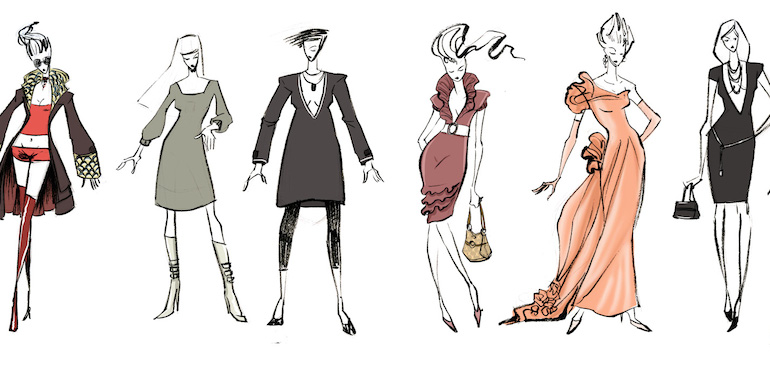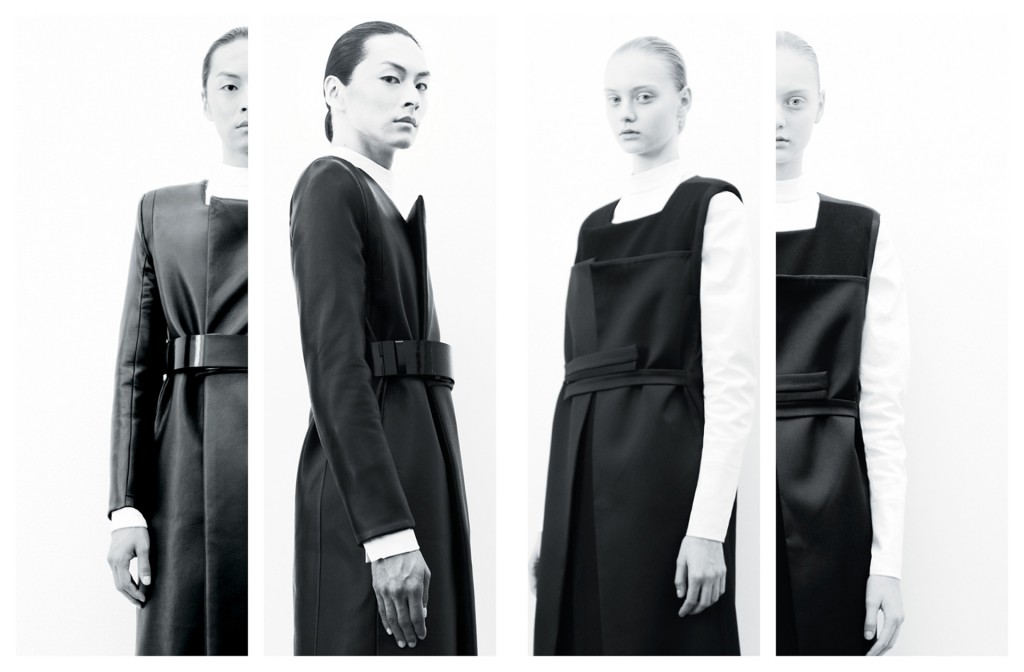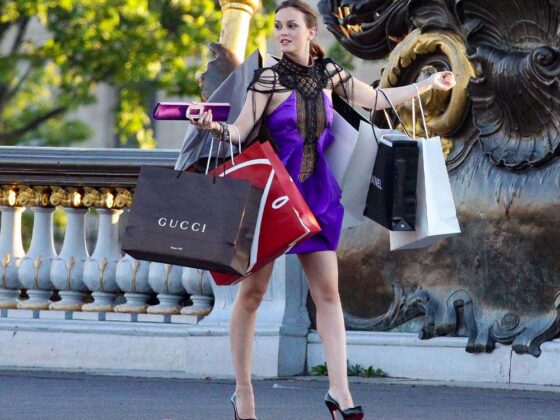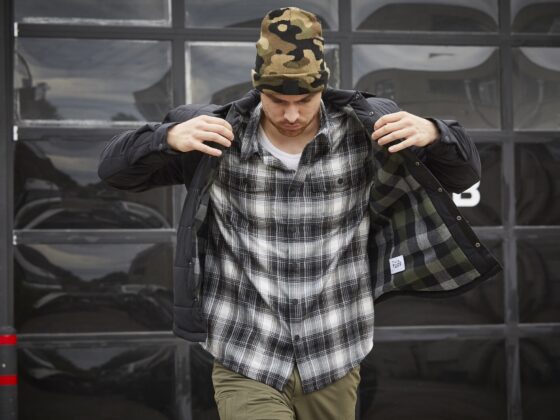We at Vv Magazine have dusted off our soapbox, charged our megaphone, and are ready to let you all have it. Just kidding. But seriously, check out our new series “The Rant” for regular opinions and op-eds on what’s grinding our gears. Whether it be politics, fashion, food trends, or the latest TTC debacle, if it’s worth getting our panties all up in a knot over… we will!
Have suggestions for a rant? Send along your ideas to info@viewthevibe.com.
I recently shared Vicki Hogarth’s brilliant piece 4 Toxic Friends You Need to Cut From Your Life on my Facebook wall and received an unexpected reaction. An acquaintance launched into a rant about how the article was suggesting that by releasing oneself of toxic relationships, one is treating friends as disposable – much like clothing is in modern fashion (his words, not mine). He posited that fashion is a shallow endeavour, a symptom of a society built on consumption, disconnection, and the pursuit of “more.” While my MasterCard statement may suggest otherwise, I believe that fashion can be more than just a vanity project.
ADVERTISEMENT |
First and foremost, fashion is anything but wasteful. In fact, it is insanely productive. Manufacturing represents a $3.4 billion industry in Canada, employing approximately 25,000 people. Internationally, we spend almost $3 trillion on clothing annually. Admittedly, millions of tons of defective fabric get tossed out yearly, the fashion industry contributes to C02 emissions, and supports poor labour practices the world over, but those are more complicated issues than this article hopes to cover.
I am not saying that fashion is not sometimes wasteful. Rather, I’m trying to say that it is also an industry that has the hope of empowering women and is a thermometer for our culture. Furthermore, it is a social marker for marginalized groups to construct a sense of identity, self-expression, and community. In these capacities, I put forward that fashion is one of the greatest forces of progress in our society – a means of pushing the norms of culture and moving it forward through a form of art and design. To quote Miranda Priestly from The Devil Wears Prada, “… that blue [you’re wearing] represents millions of dollars and countless jobs and it’s sort of comical how you think that you’ve made a choice that exempts you from the fashion industry when, in fact, you’re wearing the sweater that was selected for you by the people in this room from a pile of stuff.”
As illustrated in my piece on increased androgyny on the catwalks, fashion also serves as a means of questioning ingrained, harmful social practices. It is a way of making a political statement through self-expression, and in turn a marker for how to find other like-minded individuals. While punk has been injected into the mainstream by design houses like Topman and Vivienne Westwood, much of its anarchist philosophies are embodied in the fashion counter-culture it created. These markers also allow members of the community to identify each other and connect.
ADVERTISEMENT |
Whether you identify as a punk or style savant, everybody has to participate in fashion on some level. It is a process that connects people across national lines. Sports are often held to be one of the great unifying forces of our species. However, not everybody participates in sports. If anything, it is mostly men who engage with them on a professional level. So why do they receive so much more esteem in our culture when fashion is so often ridiculed? Because the fashion industry is feminized. Sabrina Maddeaux hits the nail on the head in terms of fashion patronage: “While we praise moneyed men who drop fortunes on artwork as esteemed ‘patrons of the arts’ and ‘cultured’ members of society — David Mirvish, for instance who has invested untold millions on hundreds of paintings – women who support the fashion world are cast as vain, self-important and spoiled.”
Beyond this, fashion also gets a bad rap for perpetuating poor body ideals. This has to more to do with the fact that “sex sells” is a good marketing technique – fashion promotion presents ideals and creates wants, just like any other company trying to sell something. In the reverse argument, you can look to women and men who turn to fashion to help them look better and feel better, even if they are not confident in their physical forms. Sadie Stein gives a beautiful defence of the industry, discussing how she was raised to loathe the excess of shopping but, lacking her mother’s genetic physical gifts, came to view fashion as an art form, confidence boost, and integral part of her life. Furthermore, fashion has helped promote a variety of alternative beauty ideals through models such as Winnie Harlow, older style icon Joan Didion for the most recent Celine campaign, and different expressions of masculinity/ androgyny.
Clothing is more than just keeping warm and covered up. It is an art form, a culture, and way to measure where our society is at and also where it is going. To say otherwise, quite frankly, is one-dimensional. And that, my friends, is my rant.
ADVERTISEMENT |
What are your thoughts on our piece “The Rant: In Defence Of Fashion“? Let Vv Magazine know in the comments below or tweet us @ViewTheVibe.








